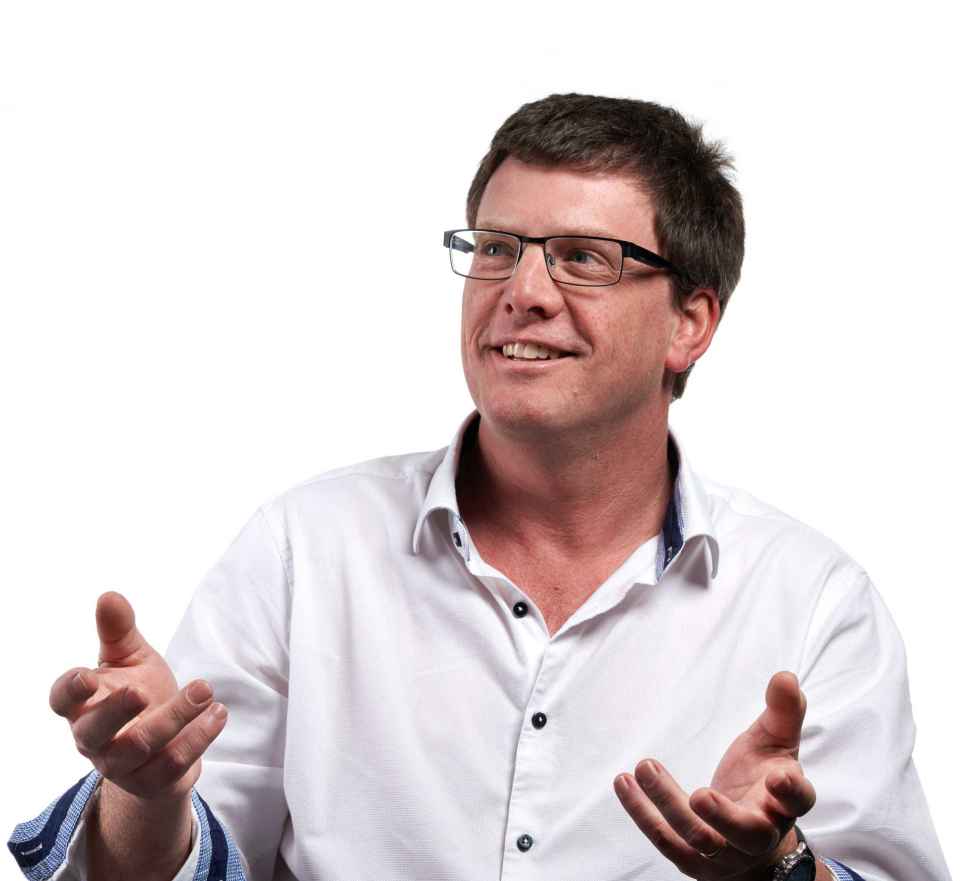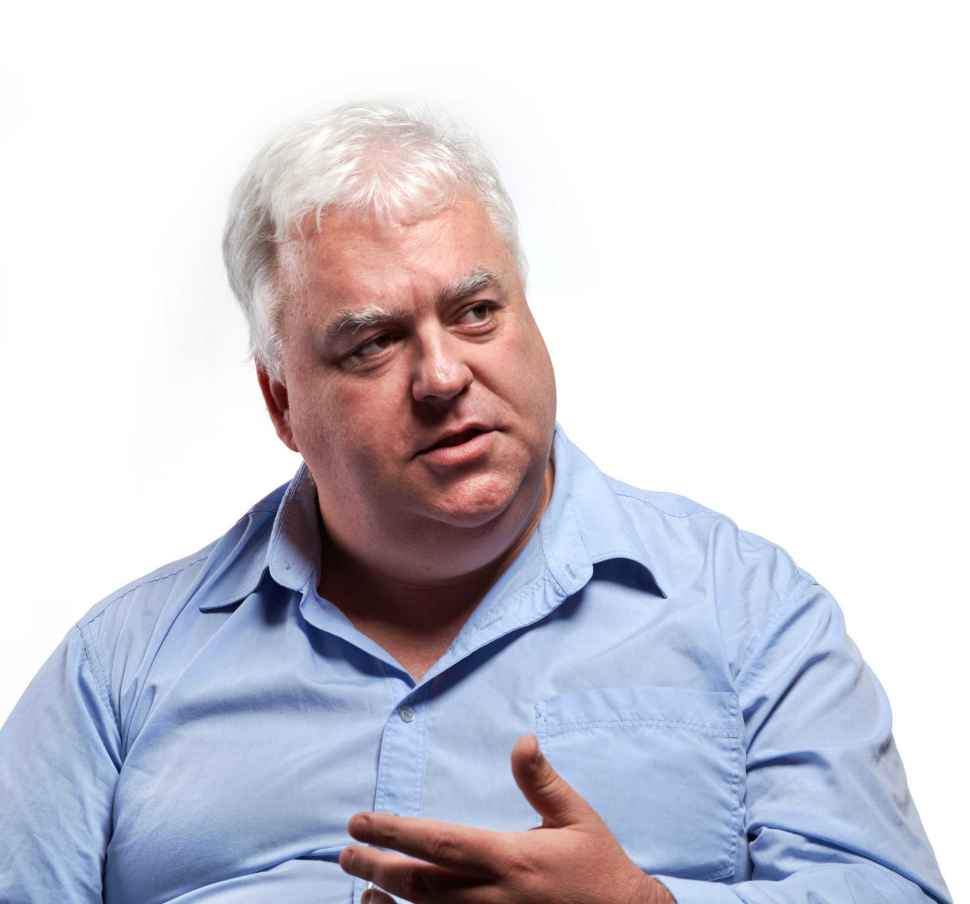Security
A safer Australia, a safer world
There are constantly new demands on Australia’s security. We face a rapidly shifting landscape across modern warfare (i.e. using drones and satellites), terrorism, disaster relief and policing. Security is an exciting area for researchers working with cutting-edge technologies.
Our researchers collaborate directly with defence and police. We’re working across forensic drug chemistry, explosives detection, banknote security, human identification and many other projects—some that our researchers can’t tell you about!
You have to think about some of the bigger picture challenges facing the world and then how you might alter them for the better.
New ways to make illegal drugs
There aren’t many people who have a licence to create meth, ecstasy and other illicit substances. But that’s what Associate Professor Martin Johnston and his team are doing.
Illegal drug manufacturing is constantly changing. Criminals try to stay one step ahead of police by using different materials and creative chemistry. This chemistry is often ‘old chemistry’: old fashioned techniques from the 1950s that are used in new or unexpected ways. When the police are unable to determine why criminals are using certain materials or how, that’s when Martin’s team are called into action. They deliver answers for the police, but they also investigate further. They ask ‘How do you make it better?’ and ‘What are the by-products that you make?’ Just like no one makes apple pie exactly like Grandma did, each person makes drugs a little differently—and that’s also true across states.
Instead of just playing catch-up, Martin has started to ask ‘How would I do it?’ He’s working to figure out new ways to create illegal drugs that police cannot track, finding the loopholes before they can be exploited. It’s this work that has the most exciting potential for Martin, who has been sharing information across borders—starting with our own police, and extending to drug investigators in the US and Mexico.
It's interesting chemistry, but then there's the context as well. You wrap it up in the real-world of forensics and crime and then it's really interesting.

3D printing propellants
We’re developing technologies capable of 3D printing propellants for Australia's defence force, but that doesn’t mean the ordinary person with a 3D printer will be able to do the same. Thankfully, the process is technically challenging. Most people would struggle with the chemical challenges posed by the temperature control required alone. But also, the materials are military grade—the type only accessible through a partnership with Defence Science and Technology Group (DST Group).
Professor David Lewis is using this collaboration to plan ways to better control the velocity and acceleration of projectiles, and to enable a shift to a print-on-demand process. Propellants are currently made in factories, shipped to a conflict, then used, returned or destroyed. Once no longer needed, the military need to test the materials to know when they’ve gone off and then dispose of them safely. David wants to send the materials to be 3D printed in the field or close to it. This way, the cost, waste and danger of producing these materials can be minimised.
Missiles, planes and solar flares
Have you ever seen a movie where a plane is saved from a missile when the action hero releases a flare? Usually the missiles blows up the flare and everyone is saved.
This used to work, but today’s missiles are smart enough to tell the difference between a flare and a plane. Associate Professor Martin Johnston and his team are also working with DST Group developing flares that match the infrared omission signature of a plane—so a missile, once again, can’t tell the difference. The problem is finding an energetic compound that does the job, but is also safe enough to transport and not explode if it’s hit by a stray spark or bullet. As Martin jokes, it’s about developing insensitive energetics—not sensitive ‘new age’ energetics!

Is it explosive?
Flinders researchers are collaborating with Queensland University of Technology (QUT) to develop portable technology that can rapidly analyse unknown materials to determine whether it’s explosive. The venture, led by Professor Jamie Quinton and his team, was handpicked as one of only seven out of 300 projects funded by the Grand Challenges Fund.
They’re combining two techniques: a spectroscopic technology called ‘LIBS’ that was used on the Mars Rover and a technique QUT having been working on called ‘Raman spectroscopy’, used to see inside plastic containers. By collecting the light that is generated by plasma, they can figure out whether a substance is explosive. Then, by making the technology small and portable, the military will be able to analyse substances in the field—rather than obtaining and preparing a forensic sample, transporting it to a lab, and undergoing sometimes lengthy analysis.
The technology being developed will perform the analysis in seconds.
I'm interested in trying to do things in a smarter and better way and have a positive impact on society.
![]()
Sturt Rd, Bedford Park
South Australia 5042
South Australia | Northern Territory
Global | Online


